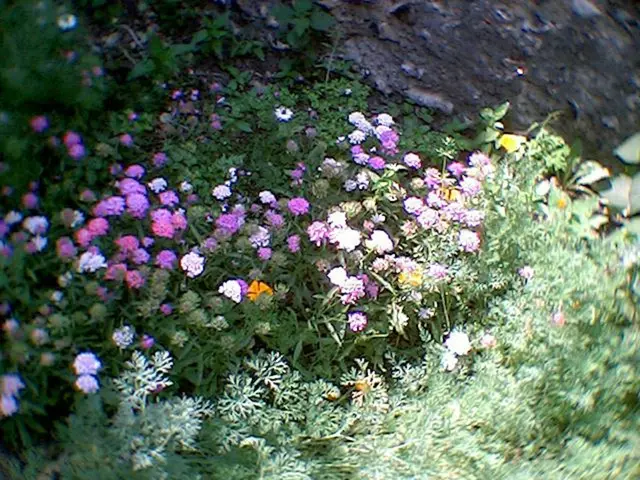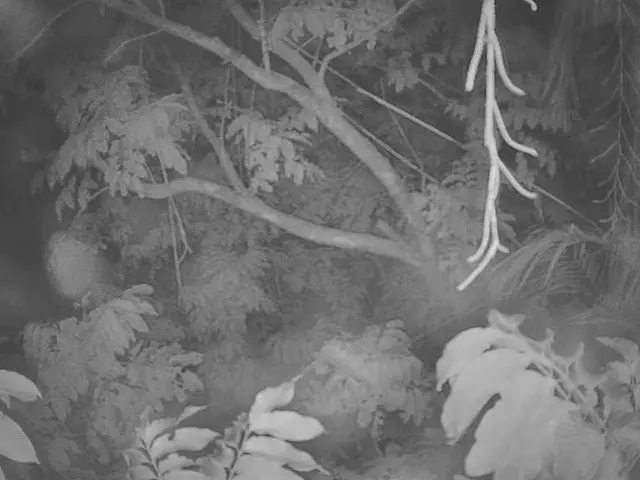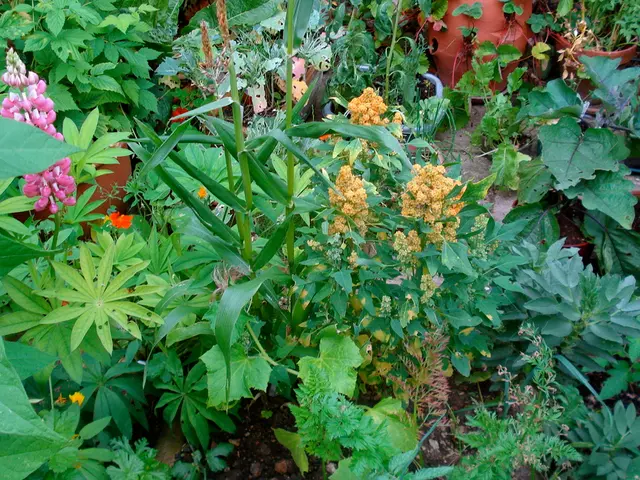Berries Suitable for Zone 3 Gardens
Berries Rule in a Cold Climate Garden
Tired of the same old fruit options? For those of you living in zones where winter is extra chilly, berries are your shining star. We'll share the best varieties to grow in our frosty zone 3 garden and some care tips to keep them thriving. Let's get started on your permaculture berry journey.
Why Berries?
In the world of fruit, berries reign supreme for chilly gardens. Many varieties are hardy enough to handle zone 3 and lower, ripen quickly, and often bear fruit in the first few years. Not only that, they're a must-have in a permaculture garden, providing years of enjoyment without demanding too much attention. Bonus points: many hardy berry options make excellent companions for shelterbelt trees.
Dr. Fuhrman says it best: berries are a superfood, boasting an impressive Aggregate Nutrient Density Index (ANDI) score. Rich in fiber and phytochemicals, they're low in calories and chock-full of antioxidants. Red, blue, black, and raspberries are bursting with vibrant color and nutrients. Want more health benefits info? Check out "Eating Berries Reduces Your Risk of Heart Attack".
Berries don't just taste great and help your health — they're also stunning in the garden. Picture early spring flowers transforming into colorful summer berries, and sometimes even bright autumn foliage to close the season. We love flowers, but we've got a special place in our hearts for berries since they're both beautiful, nutritious, and delicious.
Propagating Berries
Lucky for us, berries are a cinch to propagate. Raspberries and blackberries grow suckers, while strawberries spread via runners. Propagation techniques differ by berry type, so we'll dive into the details on how to propagate each one.
Where to Plant Berries
Planting berries in a permaculture cold climate garden is easy as pie. Berries thrive in fungal soil, just like trees, making them excellent companions for your fruit trees. In a food forest, consider planting berry bushes on either side of a fruit tree and surround them with chives, rhubarb, lilies, edible perennials, and nitrogen-fixing plants like clover, comfrey, or lupine to create a beautiful plant guild.
Now, let's explore the tasty berry varieties that work well in zone 3 gardens:
Haskap Honeyberries
The first berries we get in our garden every year are our Haskap Honeyberries. Don't let the name fool you; you really need honey to truly enjoy these tart berries. To get the sweetest flavor, they need proper pollination, so make sure you have at least two different varieties growing in your garden.
Currants
Loved for their high vitamin C content (eight times that of oranges!), currants thrive in cold climates. The red, white, and black varieties all do well in zone 3. If you've got the space, consider growing a collection for maximum enjoyment.
Saskatoon or Serviceberries
Saskatoon berries are the perfect choice for cold climates. It took us a while to learn to love their unique texture, but now we're obsessed. Reliable and delicious, plus they're beautiful all season long!
Raspberries
Raspberries are our absolute favorite! We grow plenty of these in our garden, from red, yellow, black, and even primocane varieties. With so many different types available, you can enjoy a constant supply of raspberries all summer long.
Blackberries
Although blackberries are hardy in zones 4 to 9, we've had success with Chester thornless blackberry in our zone 3 garden. The trick? Cover these beauties up with leaves each fall to ensure they make it through winter.
Strawberries
Strawberries are a joy to grow, with a variety of options available in zone 3. We love both wild and regular strawberries, which produce all summer long. Make it a goal to have fresh strawberries all year round!
Aronia
These tough berries are beautiful plants, even if their tart flavor can be an acquired taste. Once they've experienced a good frost, they're quite delicious in teas and other applications.
Grapes
Growing grapes in a cold climate can be a challenge, but we've had success with seedless, cold-hardy Somerset varieties. Just be sure to provide plenty of protection during winter to keep these precious plants alive.
Blueberries
We've had mixed success with blueberries in our rich soil. They managed to survive, but they're not producing as we'd hoped. If you have acidic soil, blueberries can be a great option — just make sure you select cultivars suited to cold climates.
Gooseberries
Gooseberries have a reputation for taking over gardens, so be prepared to keep them in check. Once you eliminate the aggressive growers, you might find a version that works well for you, like the Pixwell variety.
Lingonberry
Lingonberries are still a work in progress for us, so we'll let you know how they do as they grow.
Sea-Buckthorn
We planted sea-buckthorn for its nitrogen-fixing properties and to make delicious tea.
Jostaberry
Jostaberries are a cross between gooseberries and currants, and they haven't started producing fruit for us yet.
Goji or Wolfberry
Goji berries are thriving in Calgary, and we're hoping to see the same success in our zone 3 garden.
This list covers the berries we grow or have grown in our zone 3 garden. There are plenty of other cold-hardy berries to consider, so browse your seed catalogs and farming resources for even more options. Looking for more berry inspiration? Check out our posts on perennial vegetables and fruit trees for zone 3 gardens.
Happy berry-growing!
Connect with us on our website, Instagram, Facebook, Pinterest, and Twitter. Don't forget to share your berry experiences with us!
More Berry-related Posts Worth Reading:
How to Beat Garden WeedsGrowing a Hydroponic Tower Garden in a Cold ClimateHow to Support Tomato PlantsTransplanting Tomato Plants into the GroundHardening off Seedlings the Easy WayHow to Transplant Seedlings into the GardenHow to Soak Seeds Before PlantingSoil for Seedlings, Container Gardening, and Raised BedsNorthern Vegetable Garden Planting ScheduleStarting Vegetable Seeds Indoors
Share ArticleFacebookPinterestWhatsAppTelegramTwitterLinkedInCopy LinkMessengerReddit*
- Berries are a superfood, rich in fiber, phytochemicals, and antioxidants, making them an excellent choice for a cold climate garden.
- In a permaculture garden, berries provide years of enjoyment without demanding too much attention, and they make excellent companions for shelterbelt trees.
- Raspberries and blackberries can be easily propagated through suckers and runners respectively, while propagation techniques vary by berry type.
- Berries thrive in fungal soil, making them ideal companions for fruit trees in a permaculture cold climate garden.
- Consider planting berry bushes on either side of a fruit tree and surrounding them with chives, rhubarb, lilies, edible perennials, and nitrogen-fixing plants like clover, comfrey, or lupine to create a beautiful plant guild.
- Haskap Honeyberries are a hardy berry that thrives in cold climates and are pollinated properly for the sweetest flavor.
- Currants, with their high vitamin C content, thrive in cold climates and are available in red, white, and black varieties.
- Saskatoon berries are a reliable and delicious option for cold climates, with a unique texture that some may take time to acquire a taste for.
- Despite having mixed success with blueberries in rich soil, they are a great option for acidic soil if you select cultivars suited to cold climates.
- Goji or Wolfberry are thriving in Calgary and we're hoping to see the same success in our zone 3 garden. Connect with us on our website, Instagram, Facebook, Pinterest, and Twitter to share your berry-growing experiences.







